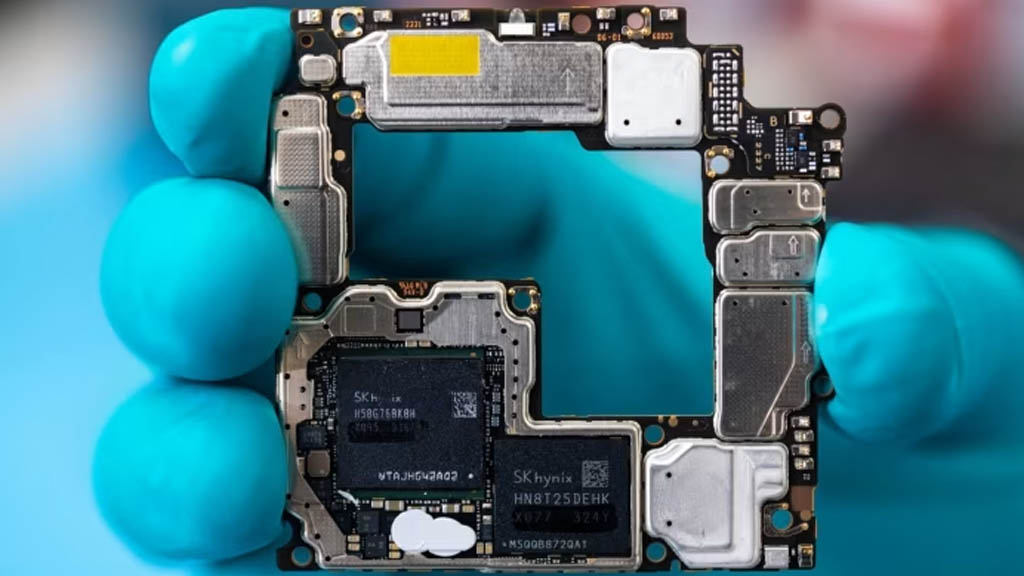Huawei
Huawei is on track for new 5nm flagship phone and data center chips: Report

Despite U.S. restrictions over advanced technologies, Huawei seems to be working on flagship 5nm chips. The company has joined hands with one of the largest chip manufacturers to boost its chip production this year for phones and data centers.
Financial Times has shared the latest insights on China-made processor development. The report says that Huawei and SMIC (Semiconductor Manufacturing International Corporation) plan to initiate 5nm flagship chips production.
SMIC has laid the new chip manufacturing lines in Shanghai for the mass production of Huawei self-designed chipsets. Besides, the chipmaker is considering stockpiled tools from the U.S. and Dutch to make more microscopic 5nm chips.
In case new 5nm phone chips lead to achievements, Huawei and SMIC will then target data center processors like Ascend 920, based on the 5nm process technology. This would surely lessen the gap between tech-pack Nvidia chips and China’s alternative AI processors.
The latest activity will further contribute to the goal of China-made processors’ self-sufficiency without requiring foreign chip-making equipment. Even though the 5nm chips aren’t a big deal in the era of 3nm processors, it reflects that Huawei is gradually heading towards new progress amid U.S. restrictions.

U.S. Export Controls
It is worth noting that the U.S. integrates with the Netherlands and Japanese partners to barricade China’s reach to the advanced techs and tools used in the making of high-end processors. However, it seems as if this time it won’t be easy to stop Huawei.
A person familiar with this matter says – “With the new 5nm node, Huawei is well on track to upgrade its new flagship handset and data center chips.”
SMIC boosts 7nm chip production!
To meet new goals, SMIC has already raised the 7nm chip volume to develop more Kirin as well as AI GPU processors. However, the best result always demands more time and investment. So far, SMIC has expended around 40-50% in chip production, compared to the TSMC firm.
Moreover, the overall chip yield for shipment is also less than one-third of TSMC. Despite such challenges, China believes that the fate of chip development for the coming years significantly depends on the SMIC production lines.
Huawei’s Success
The Chinese tech giant has amazed the U.S. authorities and its fans with the unveiling of the Mate 60 series, powered by the Kirin 5G chips. With loyal consumers and impressive features, the company grabbed the top spot in the Chinese smartphone sales market.
On the greener side, new inventions are on the way. Thus, it won’t be wrong to expect that Huawei will give a tough approach to the U.S. chip makers with the help of SMIC and its new self-developed Kirin chipsets.
(Source)






